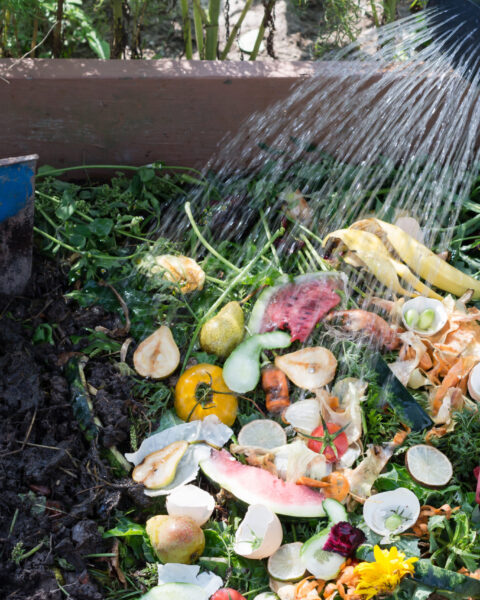Creating a meal plan that’s both budget-friendly and easy can be a real game-changer. It’s not about being rigid; it’s about making choices that save time, cut costs, and reduce food waste. With a few smart strategies, meal planning becomes a lot more manageable and way more affordable.
Contents
- 1 Inventory Your Pantry
- 2 Plan for Leftovers
- 3 Focus on In-Season Produce
- 4 Create a Themed Meal Schedule
- 5 Use Affordable Protein Sources
- 6 Shop Sales and Use Coupons
- 7 Batch Cooking and Freezing
- 8 Stick to a Simple Grocery List
- 9 Create a Recipe Binder
- 10 Use What’s About to Expire
- 11 Buy in Bulk When Practical
- 12 Limit Processed Foods
- 13 Freeze Fresh Herbs and Leftover Ingredients
- 14 Cook Once, Eat Twice
- 15 Try Online Grocery Shopping
- 16 More From RetailShout
- 17 15 Low-Calorie Snacks That Satisfy Your Cravings
- 18 15 Muscle-Building Healthy Fats You Need in Your Diet
Inventory Your Pantry

Take stock of what’s already in your pantry, fridge, and freezer before planning. This helps you incorporate items you already own, reducing the need to buy more. Start with staple ingredients and find recipes to use them effectively, making sure nothing goes to waste. Keeping track of what’s on hand will also help you avoid duplicate purchases. A regular inventory check can also help you identify patterns in ingredient use, making future planning easier.
Plan for Leftovers
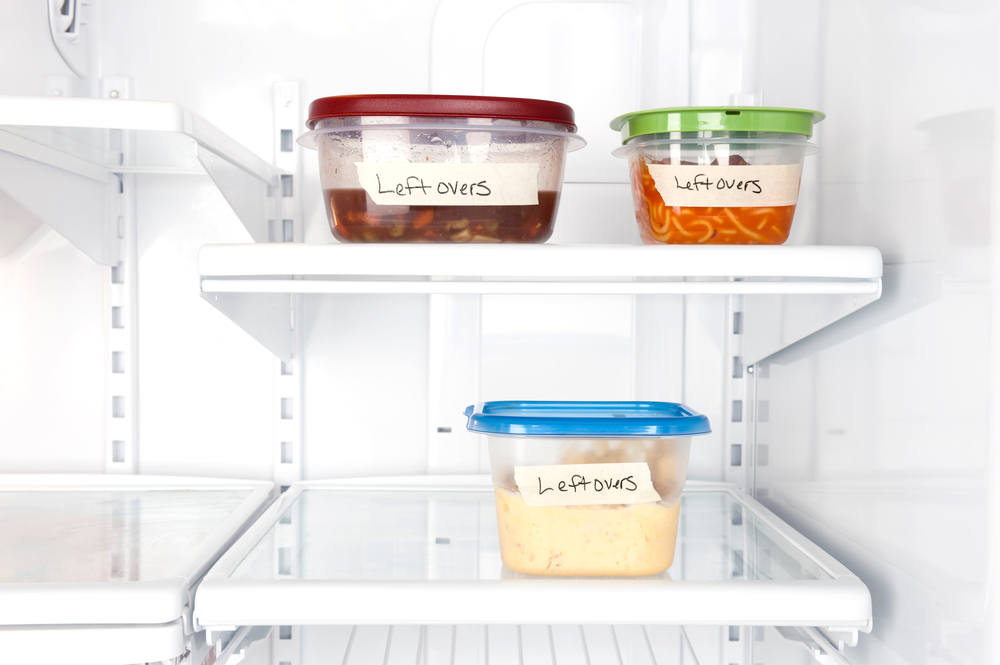
Cooking larger portions for dinners can simplify lunch planning and reduce the number of meals to cook weekly. Choose recipes that store well and maintain flavor, like soups and casseroles. You can plan specific meals for “leftover nights” or pack leftovers for work lunches. This strategy not only saves time but also helps you stretch your budget further by reducing waste.
Focus on In-Season Produce
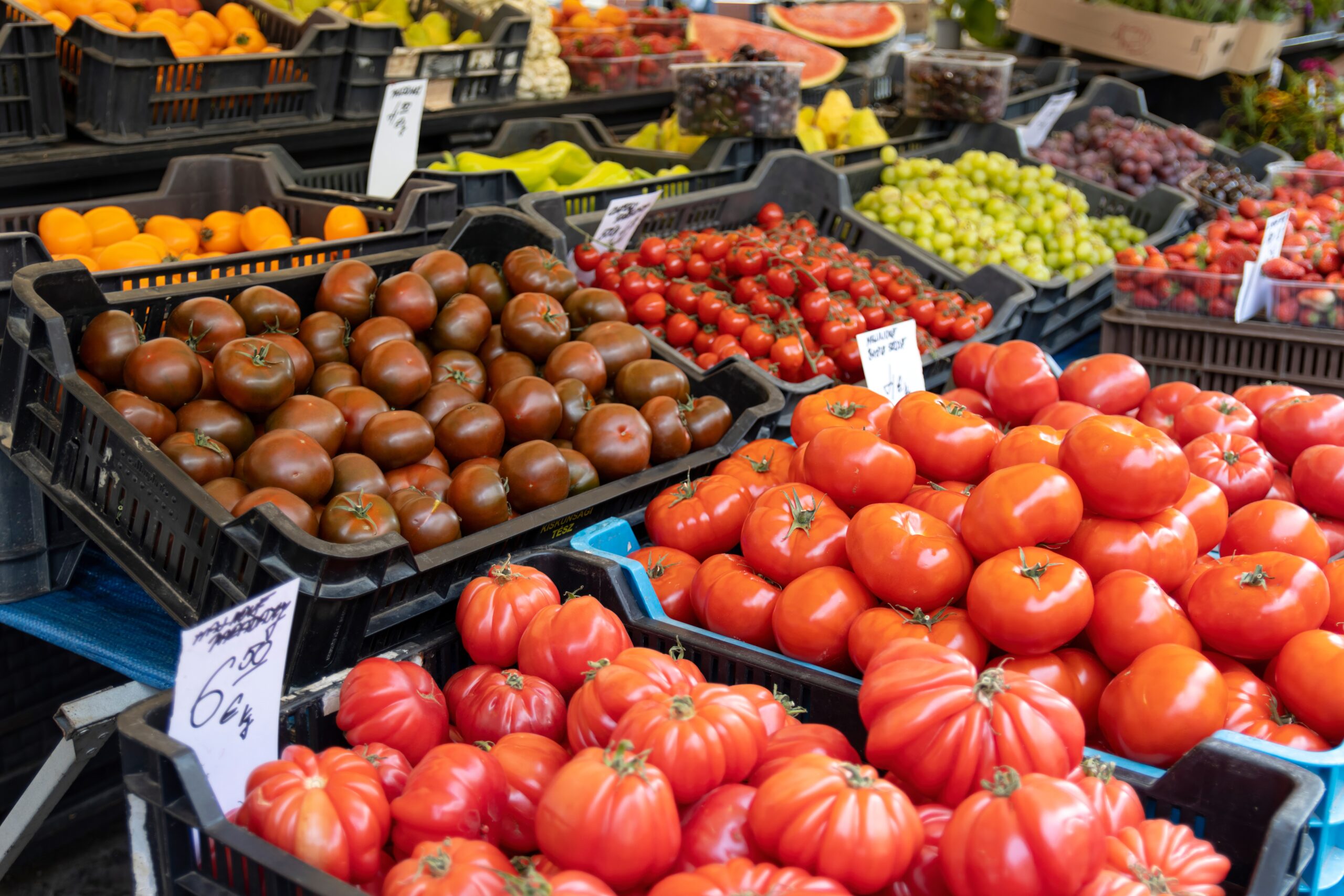
Using in-season fruits and vegetables can significantly lower your grocery bills, as these items are often cheaper and fresher. You can build meals around seasonal items, integrating them into salads, side dishes, or soups. Many stores also offer discounts on local, in-season produce, helping you create flavorful meals at a reduced cost.
Create a Themed Meal Schedule

Designate certain nights for specific types of meals, like “Meatless Monday” or “Taco Tuesday.” Themed nights bring predictability and can streamline the planning process, allowing you to reuse ingredients across multiple meals. This approach also makes grocery shopping more straightforward, as you’ll be buying specific types of ingredients each week.
Use Affordable Protein Sources
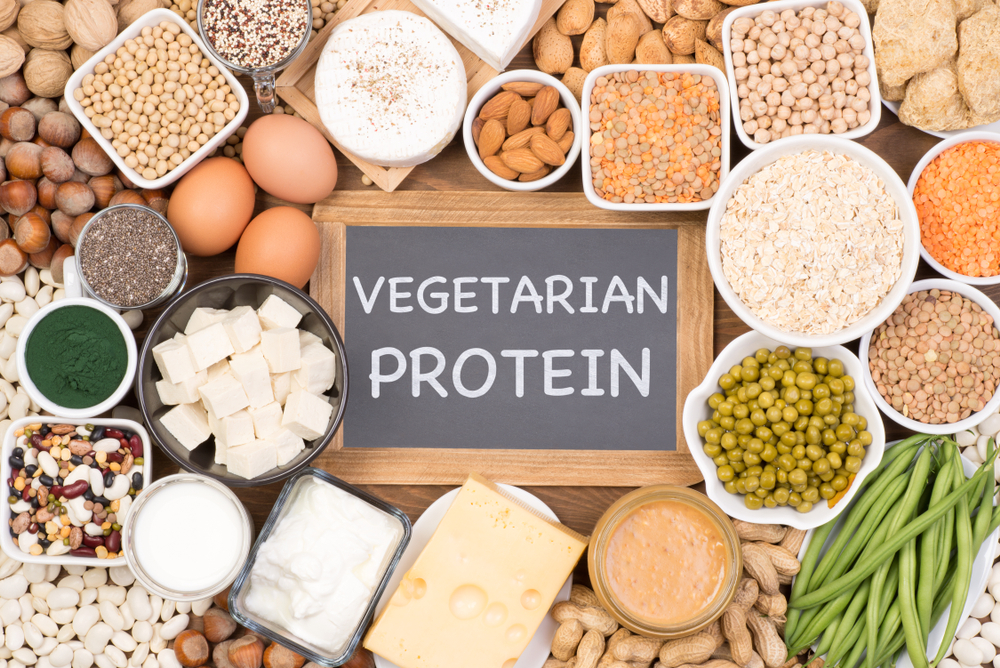
Opting for cheaper protein options like beans, lentils, eggs, and tofu can cut costs without sacrificing nutrition. These ingredients are versatile and work well in various recipes, from soups to stir-fries. By incorporating plant-based proteins, you can make meals more affordable while still meeting dietary needs.
Shop Sales and Use Coupons

Check weekly store flyers and plan meals around items on sale, such as meats or produce. Couponing apps can also help you save on staples, and using cashback apps for online shopping offers further discounts. By adjusting your meal plan based on current deals, you maximize savings with minimal effort.
Batch Cooking and Freezing
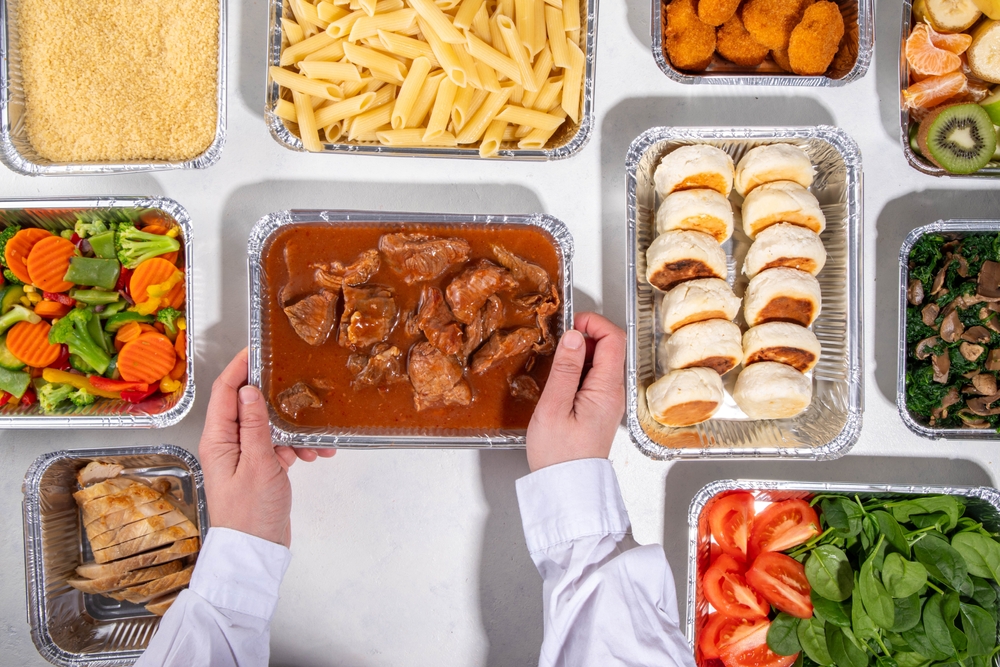
Prepare larger quantities of meals that can be frozen and reheated later. Dishes like soups, stews, and casseroles are ideal for freezing and make easy, budget-friendly meals during busy weeks. Label containers with the date and reheating instructions to keep everything organized and accessible.
Stick to a Simple Grocery List

Plan your meals based on a well-organized list of essential items. Cross-check this list with your pantry inventory to avoid unnecessary purchases. Focusing on core ingredients, like rice, beans, and pasta, keeps your grocery trips straightforward and helps avoid impulse buys.
Create a Recipe Binder

Having a collection of favorite, budget-friendly recipes makes meal planning faster and easier. Organize your binder by meal type or ingredient, and include cost estimates for each recipe. This personalized resource can be a go-to reference when planning affordable meals.
Use What’s About to Expire

Check for items close to their expiration date and incorporate them into your upcoming meals. This reduces food waste and ensures that you’re using what you’ve already paid for. By being mindful of expiry dates, you avoid having to discard unused ingredients.
Buy in Bulk When Practical

Certain items, like grains, pasta, and canned goods, are cheaper when purchased in bulk. Consider bulk shopping for staples that have a long shelf life and incorporate them into multiple meals. However, be cautious with perishables unless you have a plan to use them soon.
Limit Processed Foods
Processed foods are often more expensive and less nutritious than whole foods. By focusing on fresh ingredients and home-cooked meals, you can reduce costs while improving health. Making dishes from scratch also lets you control portions and cut down on added preservatives.
Freeze Fresh Herbs and Leftover Ingredients
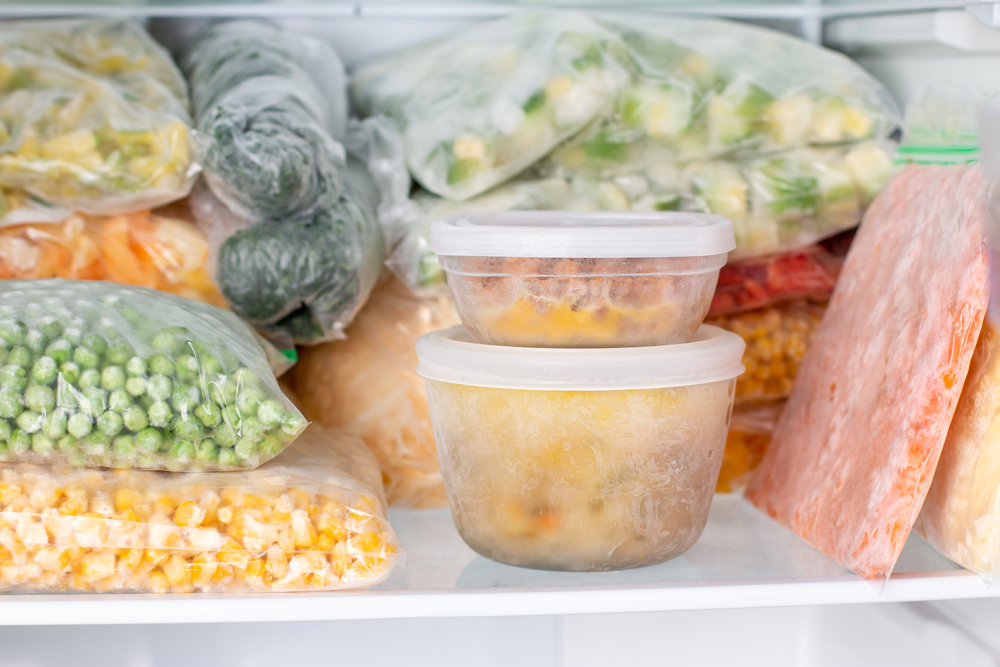
Freeze fresh herbs and any leftover ingredients to keep them from spoiling. You can even pre-chop veggies for quick access during busy weeknights. This approach minimizes waste and provides flexibility for adding fresh flavors to future meals.
Cook Once, Eat Twice

Double up recipes and use them across multiple meals or freeze extras for future weeks. This method, known as batch cooking, allows you to save time and money by preparing larger quantities at once. It’s especially helpful with time-intensive recipes like soups or stews.
Try Online Grocery Shopping

Ordering groceries online can prevent impulse buys, allowing you to stick to your list more effectively. Online platforms also allow you to compare prices easily, and many offer additional discounts for bulk purchases or subscription services.
This article originally appeared on RetailShout.
More From RetailShout
12 Healthy Snacks for Curbing Sugar Cravings

Struggling with sugar cravings can derail even the healthiest diets. But instead of reaching for processed sweets, there are plenty of healthier alternatives that can satisfy your sweet tooth without all the added sugars. These snacks are not only delicious but also packed with nutrients that can help curb those cravings in a natural way. Read More.
15 Low-Calorie Snacks That Satisfy Your Cravings
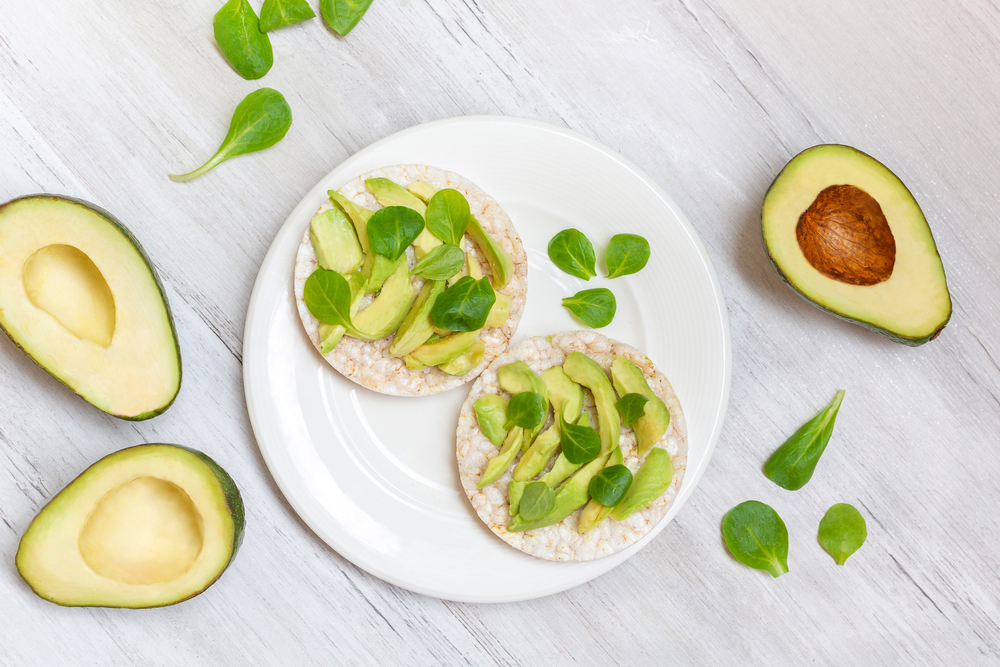
Finding snacks that keep you full without overloading on calories can be a challenge, but it doesn’t have to be! With just a few simple ingredients, you can whip up delicious and healthy snacks that satisfy your cravings and keep you on track with your goals. From crunchy veggies to sweet fruit creations, these low-calorie snack ideas are not only quick and easy but also nutritious. Read More.
15 Muscle-Building Healthy Fats You Need in Your Diet

When it comes to building muscle, most people think about protein first, but healthy fats are just as important. Fats provide your body with energy, help with recovery, and even support hormone production. Choosing the right kinds of fats can make a big difference in your muscle-building journey. Read More.







